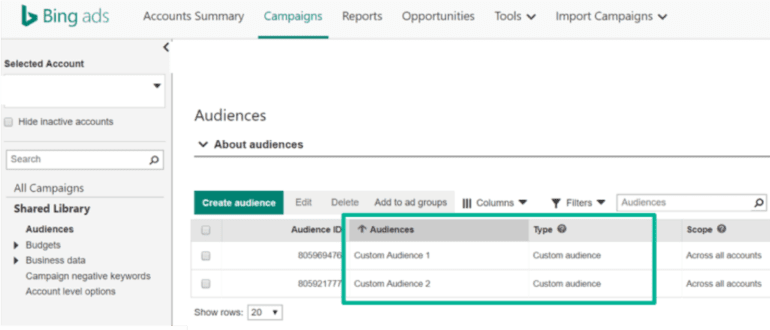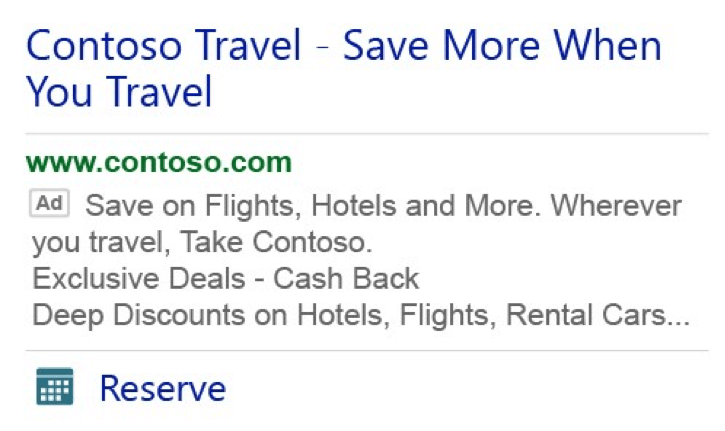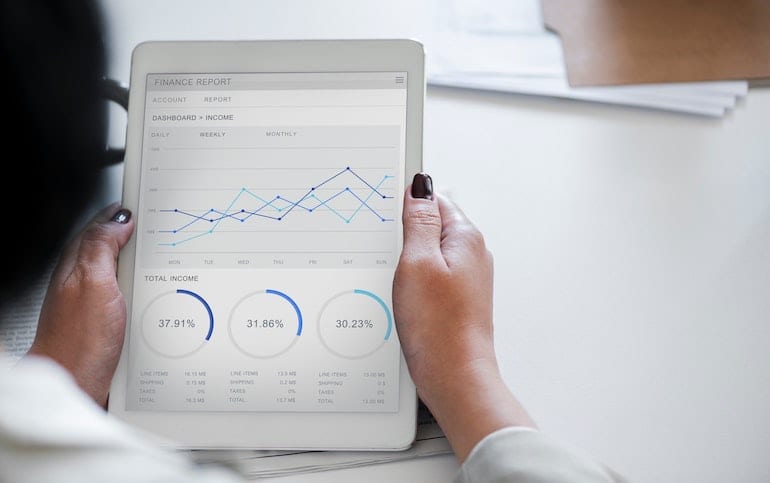Is it just me, or has every platform been rolling out some serious changes (improvements!) the first quarter of this year? While we couldn’t possibly review every single change that has been released just these first few months of 2019, and the impact it could have on performance, we can review some key updates from Bing.
Bing Integrates with Yahoo & AOL Search
In case you have been focused only on Google or Facebook, you might have noticed that your Bing traffic has probably increased. Earlier this year it was announced that with the Verizon deal, Bing would now serve all of Yahoo’s search traffic. Advertisers should have been prepared to see an increase of up to 15% from search campaigns targeting the US. The partnership accomplishes several things:
- Increased traffic provides Bing Ads advertisers more opportunities to target high-quality users
- Oath ad platform advertisers now have access to significantly more tools, automation and most importantly, data.
- Provides an expanded network for advertisers to expand and optimize with
Create Custom Audiences
We learned from our State of PPC 2018-2019 report, marketers are looking for ways to be more targeted and creative with reaching their audiences, so we know Custom Audiences are a welcomed (and needed) update from Bing. The need for advertisers to remarket to existing customers with messaging customized for each customer segment is imperative for successful marketing campaigns. This allows businesses and clients to focus on loyalty members, high lifetime value customers, and other high-value audiences.
While Facebook and Google allow advertisers to upload their customer lists of emails directly, Bing Ads decided to partner with a handful of data management platforms, specifically Adobe Audience Manager, Oracle Blukai, and LiveRamp.
Through your DMP, you can segment your customer data however it works best for you and your business. For example, you can segment customers by purchase history, lifetime value, tenure, subscriber type, time since last purchase, or customer referrals.
To get started, Bing gives the following directions:
- To create custom audiences, you must have an account with a supported DMP: Adobe Audience Manager, Oracle Blukai, or LiveRamp.
- Depending on the provider, they’ll have their own enablement steps within their software. Be sure to contact your DMP for details on how to enable this feature.
- Once the integration has been completed, your custom audiences will appear in the Audiences section of the Shared Library in Bing Ads.

Bing Introduces Action Extensions
Earlier this month Bing globally rolled out an exclusive extension – Action Extensions. Bing has stated “Action Extensions are available in all Bing Ads markets on both PC and mobile devices. Advertisers across many verticals can leverage up to 70 pre-defined Action Extensions in all Bing Ads supported languages”.
You might be asking, “Okay, so what are Action Extensions?” I am so glad you asked! Action Extensions allow advertisers to highlight a clear call-to-action on text ads to entice customers to immediately click and drive them to your website.
Advertisers who participated in the beta have seen an average click-through-rate (CTR) increase of 20% when they served Action Extensions in their ads.
Curious as to what they look like? Bing has provided some example for advertisers who aren’t familiar with this extension, yet:
Desktop Layout:

Mobile Layout:

A couple of key items to keep in mind when launching these extensions:
- They are charged the same cost-per-click (CPC) similar to sitelinks and clicks on the ad headline.
- They can be shown with other ad extensions
- They can be associated at the account, campaign, or ad group level, where the lowest level takes precedence. There is a limit of 20 associations per level.
- The URL fields are all optional. If the URL is not provided for the Action Extension, Bing will use the ad’s URLs (or the URL at the keyword level, if provided) as the landing page when the call-to-action button is clicked.
Ready to launch Action Extensions? Fellow PPC Hero comrade, Mark Ferree walks you through step by step on how to set up Action Extensions.
I am sure there is going to be more to see in 2019!
It is exciting to see Bing release some much-needed updates to match other platforms but to also be an innovator and help Digital Marketers reach their audience members with creative and new features. Can’t wait to see what is released next!




